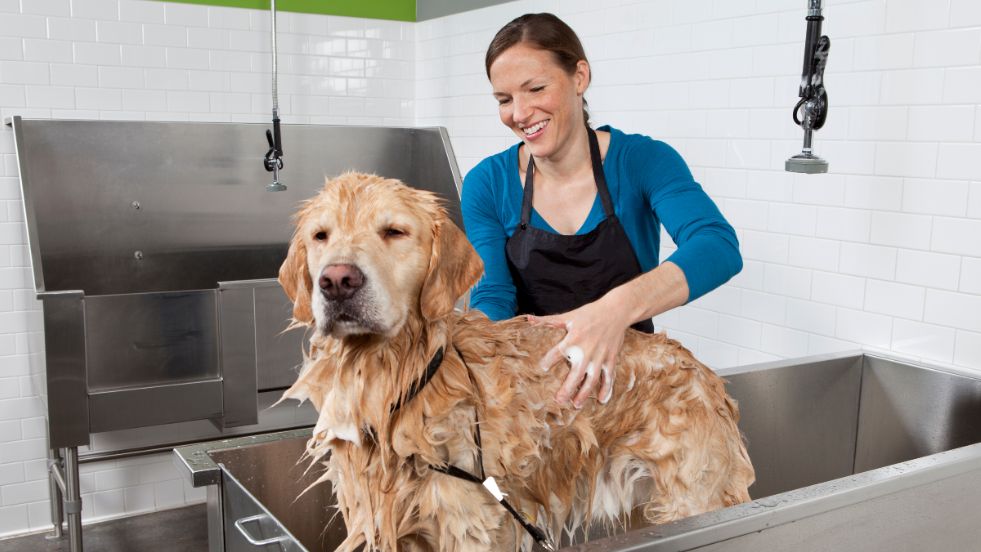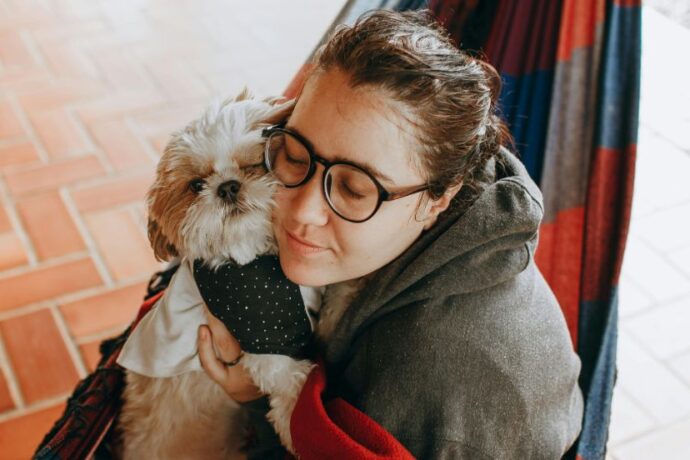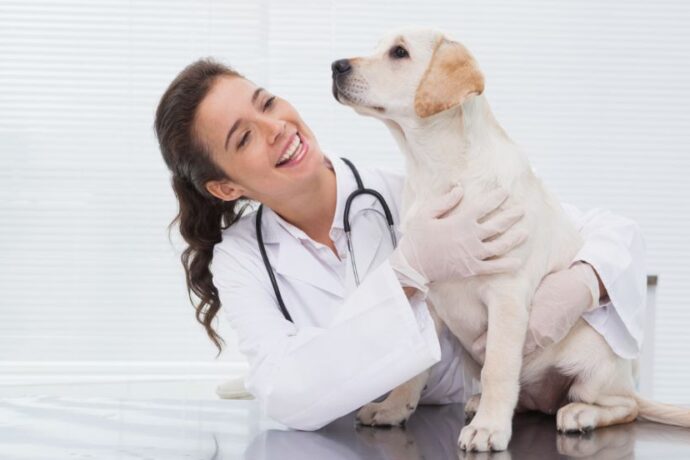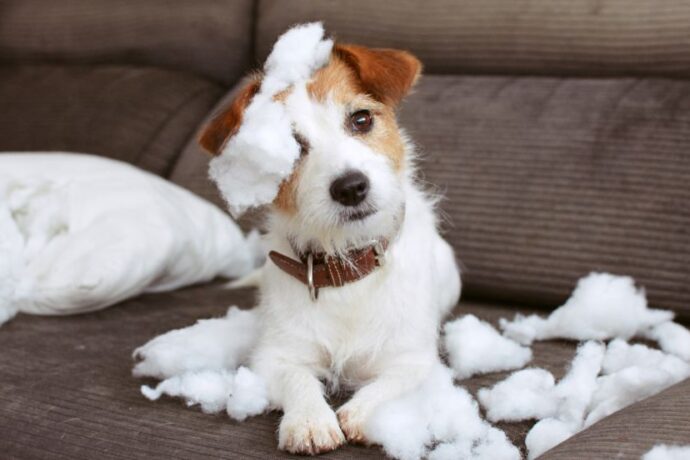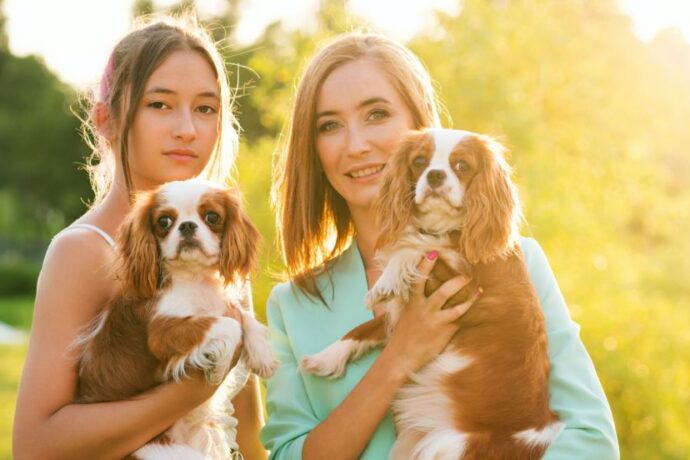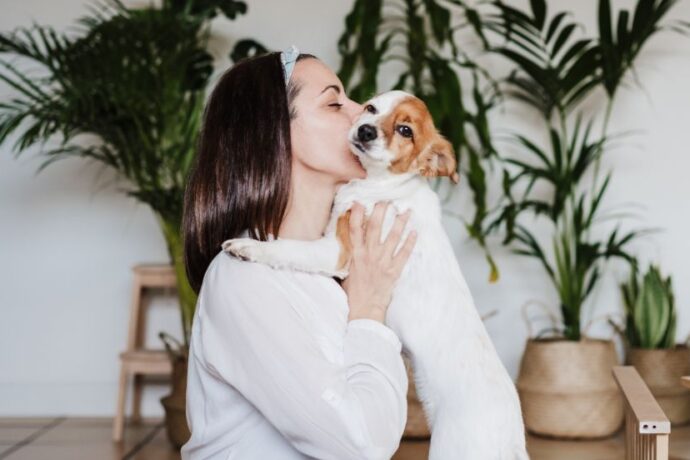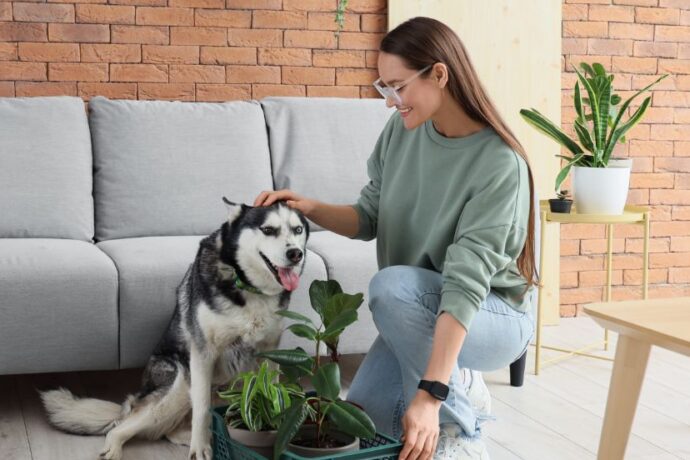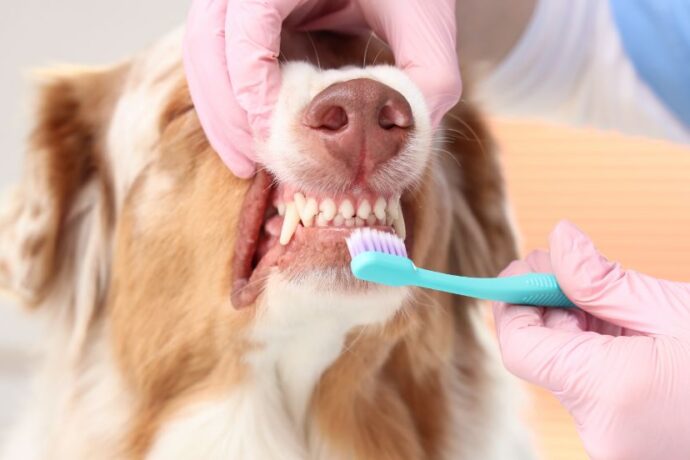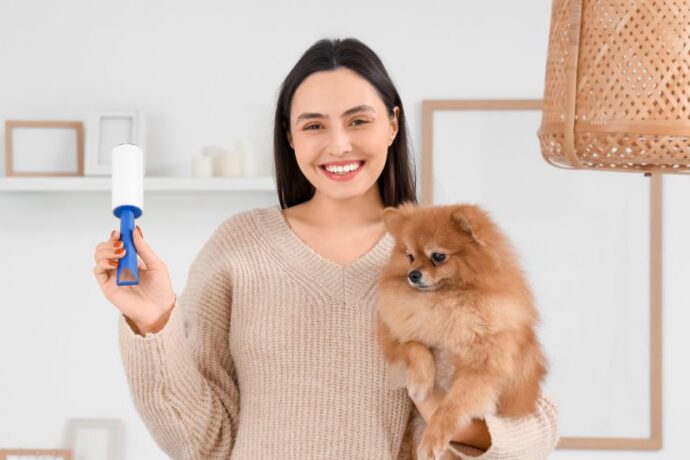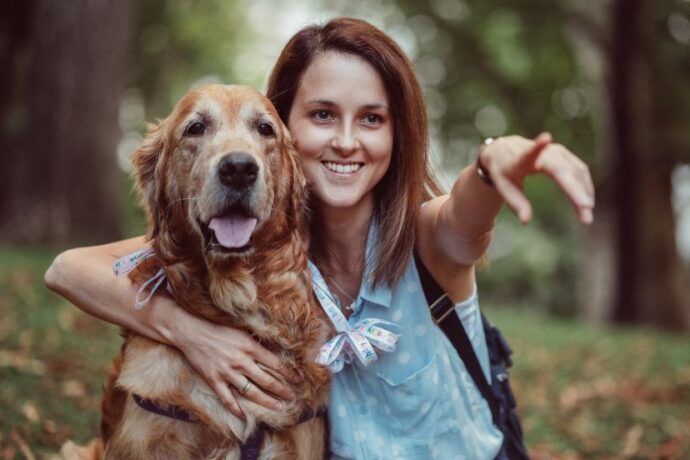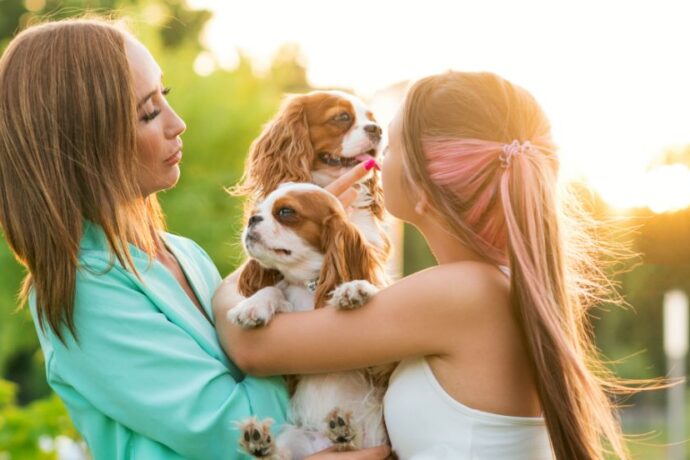Bathing your dog doesn’t have to feel like a wrestling match or a soaked bathroom disaster. Whether your furry friend is a water lover or a bath-time dodger, knowing how to approach the process can make all the difference. With the right preparation, tools, and techniques, you can transform bath time into a calm, positive experience for both you and your dog.
10 Proven Dog Bath Time Tips to Keep You (and Your Dog) Stress-Free
1. Set the Scene Before the Splash
A stress-free dog bath starts before the first drop of water touches your pup’s coat. Choose a calm, quiet area where your dog feels safe — whether it’s a bathroom, laundry area, or garden. Gather everything you’ll need in advance: dog shampoo, towels, brush, non-slip mat, and treats. This prevents you from having to step away mid-bath, which can make dogs anxious or cause them to shake water everywhere.
If your dog tends to slip around, a rubber bath mat or towel at the bottom of the tub gives them better footing and makes them feel more secure. Play soothing background music if your dog is nervous — studies have shown that classical or soft instrumental music can lower dogs’ heart rates and reduce anxiety levels.
2. Brush Before You Bathe
Brushing your dog before a bath isn’t just a grooming step — it’s essential. It removes dead fur, tangles, and dirt that can trap shampoo and make rinsing harder. For dogs with long or double coats (like Golden Retrievers or Huskies), matting can worsen with water, making brushing afterward painful.
A pre-bath brush helps natural oils distribute evenly, keeping the coat shiny and the skin healthy. The American Kennel Club recommends brushing before and after each bath to prevent tangling and shedding buildup (1). This step also gives you a chance to check for lumps, ticks, or skin irritation before shampooing.
3. Use Lukewarm Water — Comfort is Key
Dogs are more sensitive to temperature changes than humans, so the water should feel lukewarm — around body temperature. Too hot, and it can burn or dry out their skin; too cold, and it may cause them to shiver and associate baths with discomfort.
Try testing the water with your wrist — if it feels comfortable to you, it’s likely right for your dog. Keep the water level shallow, especially for small breeds. Many dogs fear deep water, and a low level helps them stay relaxed and cooperative throughout the bath.
4. Pick the Right Shampoo for Your Dog’s Coat Type
Not all dog shampoos are created equal. Using human shampoo — even baby shampoo — can upset your dog’s skin pH balance, leading to dryness or irritation. Canine skin is less acidic (pH 6.2–7.4), so you should always use a vet-approved dog shampoo formulated for their specific coat type.
If your dog has sensitive skin, look for a hypoallergenic or oatmeal-based shampoo. Dogs with oily coats may benefit from clarifying formulas, while those prone to dry skin do better with moisturizing or coconut-based options. A Veterinary Dermatology study confirmed that mild, pH-balanced shampoos designed for dogs maintain skin barrier function and prevent micro-irritations better than generic products (2).
5. Introduce the Tub Gradually
If your dog dashes away at the sight of the bathtub, it’s time for positive conditioning. Start by letting them explore the bathing area without turning on the water. Offer treats, praise, and toys so they associate the space with good experiences.
Once they’re comfortable standing in the tub, gently turn on the water at a low pressure. Avoid splashing or loud running water initially, as it can startle them. Over a few sessions, your dog will begin to accept — and even enjoy — bath time as part of their normal routine. Patience and consistency are key here.
6. Protect the Ears and Eyes
Water in the ears can lead to infections or discomfort, especially for floppy-eared breeds like Cocker Spaniels. Before you start, place small cotton balls gently into your dog’s ears (don’t push deep) to keep water out. Always avoid spraying water directly onto the face.
For cleaning around the eyes, nose, and mouth, use a damp washcloth instead of running water. Tear stains or food buildup can be wiped gently with a pet-safe eye wipe or diluted chamomile solution (approved by your vet). Keeping the face dry helps prevent fungal or yeast growth in sensitive skin folds.
7. Massage During Shampooing
Turn shampoo time into a mini spa session. Use slow, circular motions with your fingertips to work the shampoo into the coat. Not only does this distribute the product evenly, but it also stimulates blood circulation and helps relax your dog.
Research published in the Journal of Veterinary Behavior suggests that gentle, consistent touch during grooming lowers cortisol (the stress hormone) and builds trust between pet and owner (3). Focus on areas where dirt accumulates — under the belly, around the tail, and between the legs. Avoid the eyes and the inside of the ears.
8. Rinse Thoroughly — Then Rinse Again
This is one of the most overlooked yet crucial steps. Any shampoo residue left behind can cause itching, flaking, or dermatitis. After you think you’ve rinsed enough, rinse once more to ensure no product remains. Use a gentle spray setting or a handheld showerhead for better control.
If you’re bathing a long-haired breed, rinse section by section, running your fingers through the fur to feel for any slipperiness — a sign that shampoo is still present. Clean water running off the coast means your job is done.
9. Dry Properly for a Healthy, Soft Coat
Start by wrapping your dog in a large towel and gently patting them dry — don’t rub, as this can cause tangling or frizz. Use multiple towels for large or thick-coated dogs. If your pup tolerates it, follow up with a pet dryer or a blow dryer set to the lowest heat and speed.
Keep the dryer moving constantly to prevent overheating in one area. For dogs sensitive to noise, let them air-dry in a warm, draft-free space with good airflow. Brushing as they dry helps prevent matting and speeds up the process.
10. Reward and Reinforce Good Behavior
The final — and perhaps most important — step is reward time. Once the bath is over, shower your pup with praise, treats, or a favorite toy. Positive reinforcement helps your dog associate bath time with good things, making future baths smoother.
Consistency matters. If every bath ends with affection and fun, your dog will gradually lose their fear or resistance. Some pet trainers even recommend short play sessions right after drying to burn off nervous energy and help reinforce the idea that bath time is followed by enjoyable experiences.
FAQ’s Frequently Asked Quetions
1. How often should I bathe my dog?
A. Most dogs need a bath every 4–6 weeks, though frequency depends on their breed, coat type, and activity level. Over-bathing can strip natural oils and cause dry skin.
2. Can I use baby shampoo on my dog?
A. It’s best to avoid it. Even mild human shampoos have a different pH balance and can irritate a dog’s skin. Stick to vet-approved dog shampoos.
3. What if my dog hates baths?
A. Start small — introduce the bathing area gradually, use treats and praise, and keep sessions short. Over time, your dog will begin associating bath time with positive experiences.
Conclusion:
Bath time doesn’t have to be a dreaded chore. With the right preparation, a calm attitude, and positive reinforcement, you can turn it into a bonding experience your dog actually enjoys. Remember — patience and consistency go a long way. The goal isn’t just a clean coat, but a happy, relaxed pup who trusts you every step of the way.
References:
1. It’s Bath Time! Towels, Brushes, Dog Shampoo, and More
2. Preliminary evaluation of a commercial shampoo and fine bubble bathing
3. Oxytocin and Cortisol Levels in Dog Owners and Their Dogs Are Associated with Behavioral Patterns

